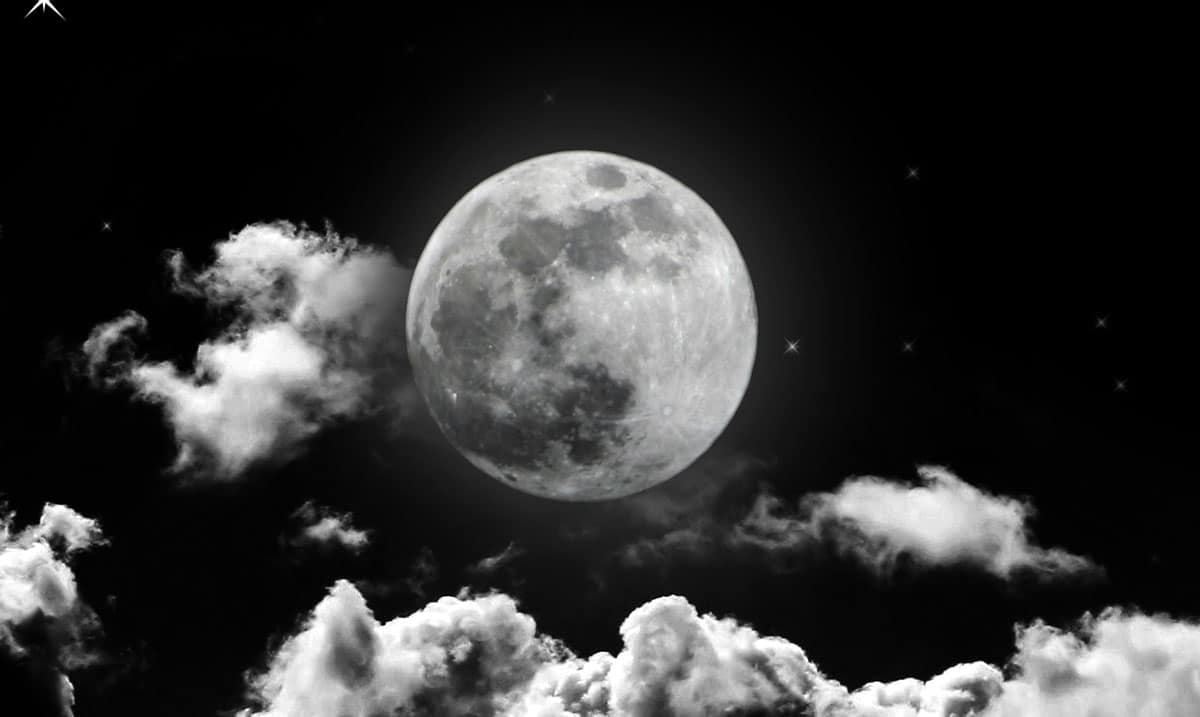I know the idea that the phase of the moon would affect a person’s sleep is quite peculiar, but it does seem to have some truth behind it. It really does appear that people get less sleep before a full moon.
According to The University of Washington, even research can back this concept. On nights before a full moon people sleep less and actually even tend to also end up going to sleep later. This noting things from a paper that was published back in January. That paper for those wondering was published in Science Advances and is quite mind-blowing really depending on how you look at things.
Its abstract goes as follows:
Before the availability of artificial light, moonlight was the only source of light sufficient to stimulate nighttime activity; still, evidence for the modulation of sleep timing by lunar phases is controversial. Here, we use wrist actimetry to show a clear synchronization of nocturnal sleep timing with the lunar cycle in participants living in environments that range from a rural setting with and without access to electricity in indigenous Toba/Qom communities in Argentina to a highly urbanized postindustrial setting in the United States. Our results show that sleep starts later and is shorter on the nights before the full moon when moonlight is available during the hours following dusk. Our data suggest that moonlight likely stimulated nocturnal activity and inhibited sleep in preindustrial communities and that access to artificial light may emulate the ancestral effect of early-night moonlight.
Basically, there is a pattern to our sleep overall. While not many think about lunar modulation when it comes to sleep, there seems to be some kind of clear pattern present for most people. Sure, the effects vary depending on where someone might live, but the concept as a whole is not one most would expect to find so true.
The University of Washington wrote as follows going over this research a bit:
Using wrist monitors, the team tracked sleep patterns among 98 individuals living in three Toba-Qom Indigenous communities in the Argentine province of Formosa. The communities differed in their access to electricity during the study period: One rural community had no electricity access, a second rural community had only limited access to electricity — such as a single source of artificial light in dwellings — while a third community was located in an urban setting and had full access to electricity. For nearly three-quarters of the Toba-Qom participants, researchers collected sleep data for one to two whole lunar cycles.
Past studies by de la Iglesia’s team and other research groups have shown that access to electricity impacts sleep, which the researchers also saw in their study: Toba-Qom in the urban community went to bed later and slept less than rural participants with limited or no access to electricity.
But study participants in all three communities also showed the same sleep oscillations as the moon progressed through its 29.5-day cycle. Depending on the community, the total amount of sleep varied across the lunar cycle by an average of 46 to 58 minutes, and bedtimes seesawed by around 30 minutes. For all three communities, on average, people had the latest bedtimes and the shortest amount of sleep in the nights three to five days leading up to a full moon.
When they discovered this pattern among the Toba-Qom participants, the team analyzed sleep-monitor data from 464 Seattle-area college students that had been collected for a separate study. They found the same oscillations.
The team confirmed that the evenings leading up to the full moon — when participants slept the least and went to bed the latest — have more natural light available after dusk: The waxing moon is increasingly brighter as it progresses toward a full moon, and generally rises in the late afternoon or early evening, placing it high in the sky during the evening after sunset. The latter half of the full moon phase and waning moons also give off significant light, but in the middle of the night, since the moon rises so late in the evening at those points in the lunar cycle.
“We hypothesize that the patterns we observed are an innate adaptation that allowed our ancestors to take advantage of this natural source of evening light that occurred at a specific time during the lunar cycle,” said lead author Leandro Casiraghi, a UW postdoctoral researcher in the Department of Biology.

